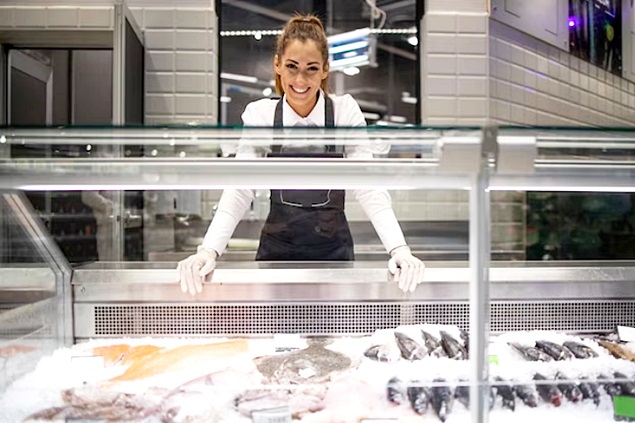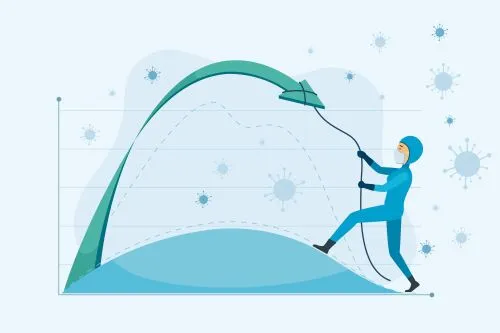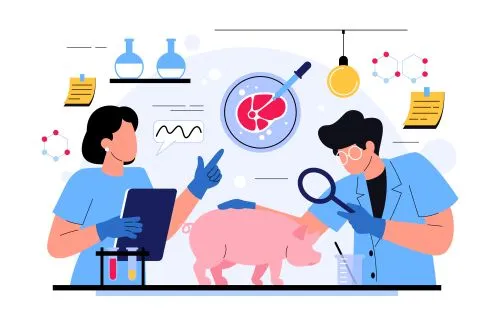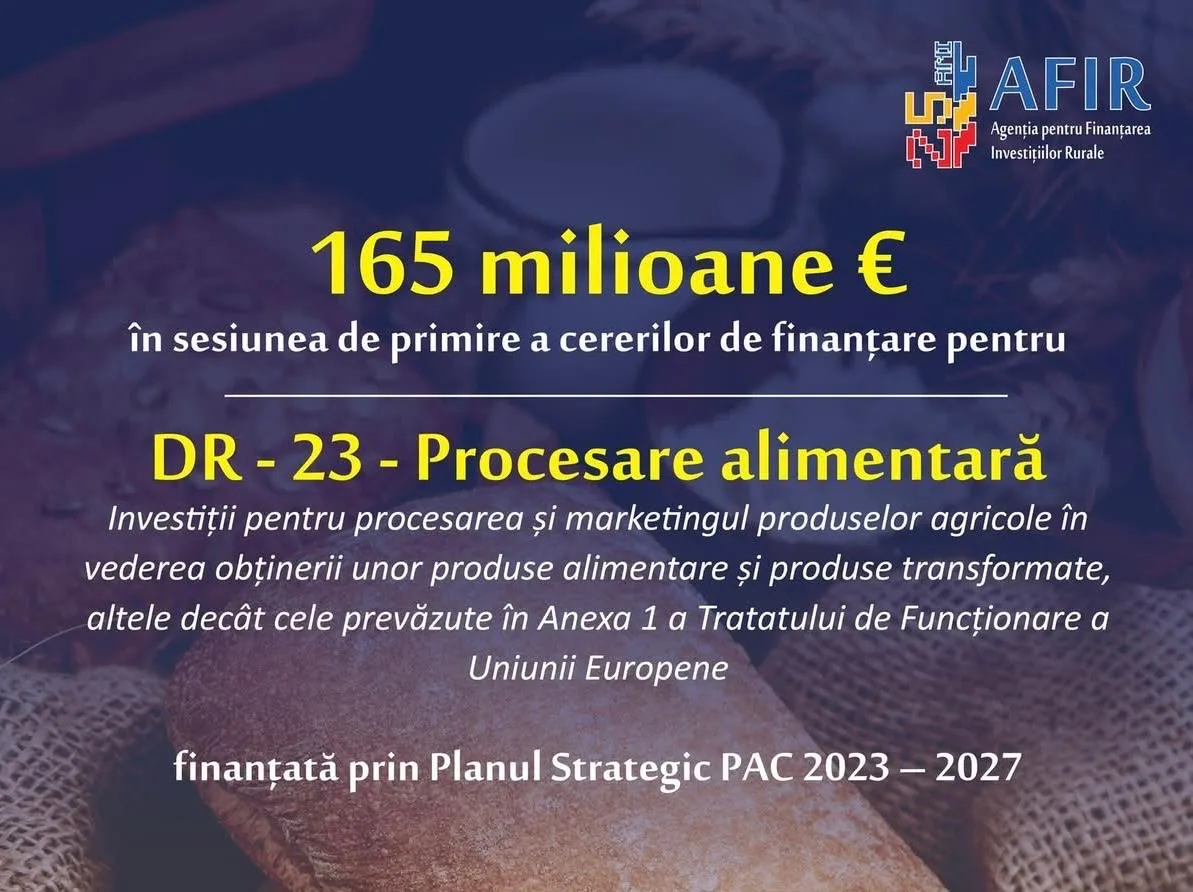
We know that food waste is bad news for both business profits and the environment. Food producers, suppliers, and retailers are eager to find solutions to prevent food from becoming waste, as noted by FoodNavigator.
Good news
There are various methods, including composting, investing in good packaging, using waste management services, and ensuring logistics and machinery operate efficiently.
Refrigeration and insulation technology is another area, but it requires a balancing act. While inefficient cold chains can lead to food waste, refrigerants like hydrofluorocarbons used in cold chains are responsible for high greenhouse gas emissions.
The good news is that low global warming potential (GWP) hydrofluoroolefins (HFOs), which operate at lower pressures than carbon dioxide systems, are replacing high GWP hydrofluorocarbon refrigerants.
"According to the United Nations, about 14% of food production is lost between harvest and retail, while 17% is wasted overall. There are refrigeration and insulation technologies available today that are reliable and can help prevent this," said Lee Hermitage, Director of Strategy and Marketing, EMEA, Honeywell Advanced Materials.
GWP solutions
Honeywell predicted the increasing need for lower GWP solutions to combat climate change over a decade ago, he said. Since then, the company has invested over a billion dollars in research, development, and new capabilities for its HFO technology, sold under the Solstice brand.
These products can help reduce carbon footprint and maximize energy efficiency throughout the food cold chain without compromising product performance and safety, the company claimed.
"The transition to low GWP HFOs will help better support operations throughout the cold chain, ensuring a safe supply of fresh and frozen food, which will help limit food losses and waste for consumers worldwide," Hermitage told us.
"In case of a malfunction, lower-pressure systems would leak more slowly. While at reduced performance, the system can continue to operate until the leak is repaired, allowing most food to be kept with reduced food waste.
"In addition, trained technicians are more available for HFO systems, meaning maintenance and repairs can be done more quickly, reducing food waste again. This is especially the case in extreme heat conditions, as seen in the recent heatwave in Southern Europe, where CO2 system failure rates can significantly increase."
Carbon control
HFO materials from Honeywell have various applications. For example, the agricultural company Pure Harvest in Abu Dhabi, which grows hydroponic crops in desert environments in the United Arab Emirates, Saudi Arabia, and Kuwait, uses a Honeywell HFO refrigerant to control the environment and reduce carbon emissions in its greenhouses. The product has a lower GWP than HFCs, which is 99% lower than the GWP of the hydrofluorocarbon refrigerants it is designed to replace, the company claimed.
Additionally, Honeywell recently entered into an agreement with the French retailer E.Leclerc in Moissac, which uses an HFO refrigerant as a "long-term solution for the future" for its cold storage room.
"Next-generation refrigerants will help E.Leclerc advance Moissac's environmental transformations and reduce energy bills without sacrificing performance," Honeywell stated.
Insulation technologies for controlled climate transportation
Meanwhile, Honeywell's insulated panels and cardboard are used in refrigerated containers or refrigerated trucks during the transportation phase to keep the cargo fresh or frozen using less energy.
The company claims that refrigerated containers, used by companies such as the Dutch container manufacturing specialist Unit45 and insulated with polyurethane foam formulated with an HFO refrigerant, have a low environmental impact.
"HFO plays a critical role throughout the entire cold food chain," Hermitage said. "So far, the use of Honeywell Solstice technology has helped avoid the potential equivalent of over 326 million metric tons of carbon dioxide in the atmosphere, equal to the carbon emissions of nearly 70 million gasoline-powered passenger vehicles per year."
The challenge of plastic waste
Honeywell has also developed what it calls advanced plastic material recycling technology, which it claimed can triple the amount of plastic that can be recycled.
The new technology, it said, can reduce the need for fossil fuels in the production of virgin plastic materials while allowing hundreds of recycling cycles, aiming to create a circular economy for plastics.
"Honeywell's UpCycle Process Technology is an innovative recycling solution that extends the types of plastic materials that can be converted into recycled polymer raw materials (RPF)," explained Marc Yagoub, Director of Plastics Circularity Business for Honeywell UOP.
This means that existing infrastructures can become closed-loop systems, reducing plastic waste while meeting the requirements for quality virgin plastic that can be produced from RPF.
"The UpCycle Process also means that plastic waste does not go to landfills or incineration, and the amount of fossil fuel-based raw materials used in plastic production is significantly reduced.
When Honeywell UpCycle Process Technology processes plastic waste into circular plastic raw material, it can achieve an 80% reduction in carbon emissions if the facility is powered by 100% renewable electricity."
The fact that only about 9% of plastic is properly recycled globally highlights the need for a closed-loop system for plastic production, he emphasized.
"When used in conjunction with other chemical and mechanical recycling processes, along with improvements in collection and sorting, Honeywell's UpCycle Process Technology has the potential to help recycle nearly 90% of plastic waste.
This would represent a significant increase in the amount of plastic waste that can be converted into polymer raw materials. This underscores the valuable and important work that can be achieved through innovative moves towards a circular economy."





